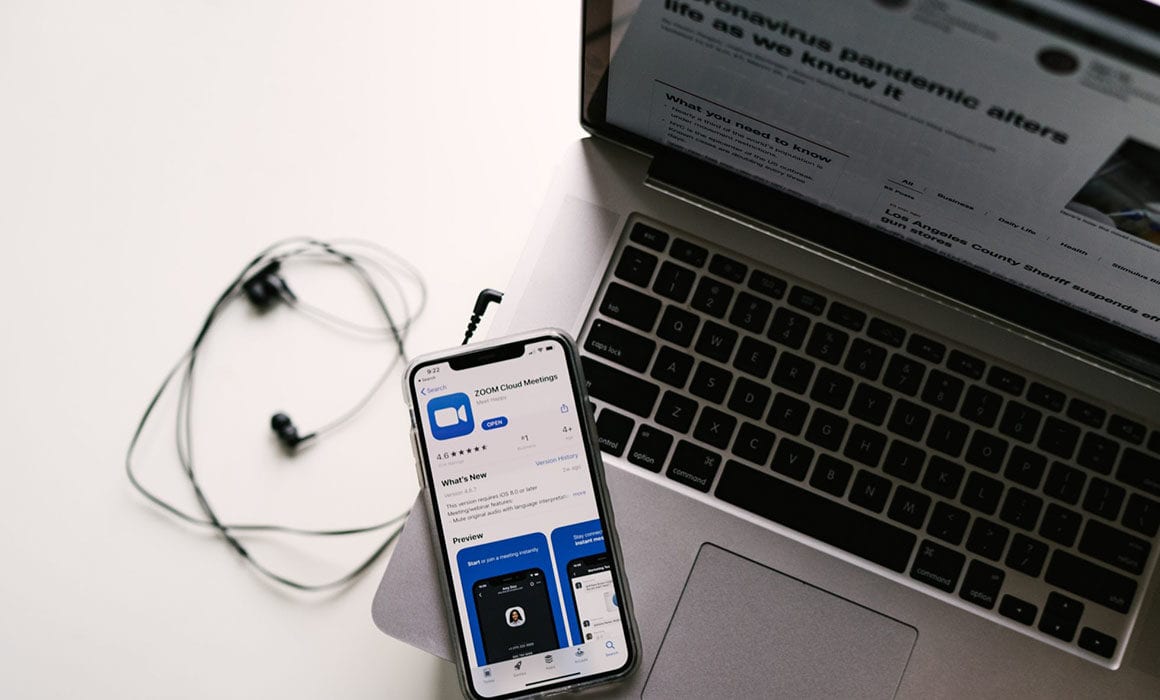
Students are paying keen attention to the coronavirus, so Andrew Martinez is making the most of that in his biology lessons about the DNA and RNA of viruses. After Armijo High School in Fairfield closed, the science teacher rearranged his home to look like a classroom, with movable whiteboards. Videos he shares online about the coronavirus have large numbers of students tuning in.
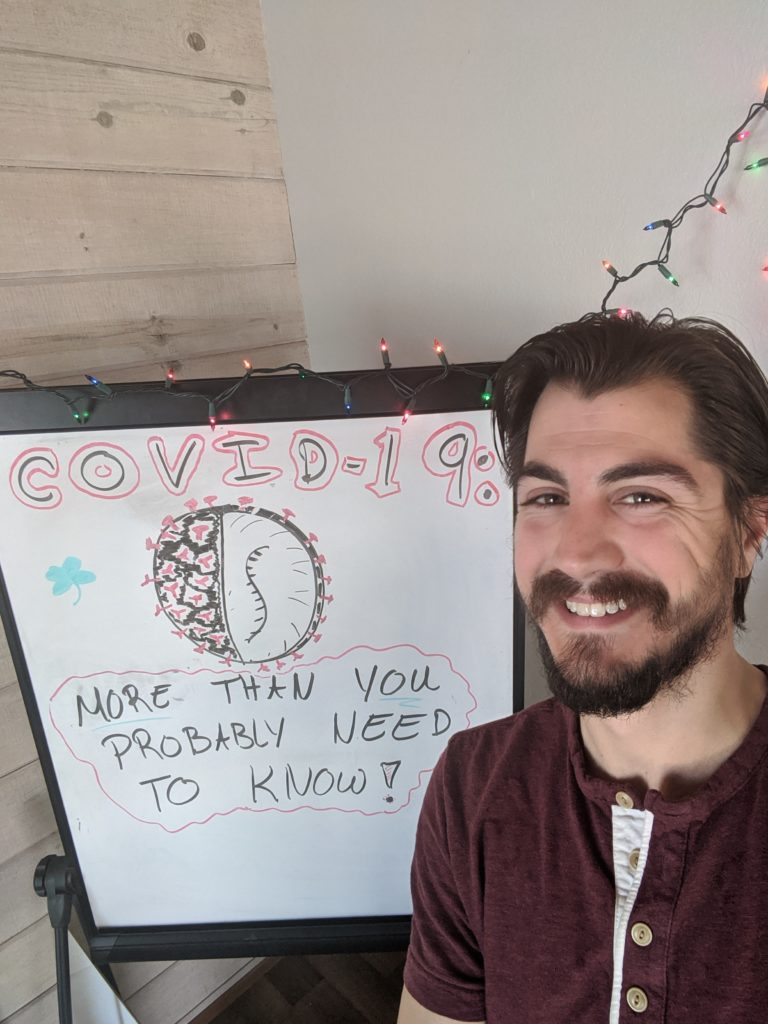
“Students have so many questions about why this pandemic is happening,” says Martinez, a member of the Fairfield-Suisun Unified Teachers Association, who is using Twitch as a livestreaming platform for lessons on virology and the spread of pathogens. “They get a lot of misinformation from unreliable internet sources. By helping them understand how the coronavirus works, it helps them to understand the necessity for social distancing and why it’s relevant. They are learning that this virus is incredibly infectious, much more than the flu.”
While teaching in the midst of a pandemic has presented enormous challenges for educators like Martinez, it has also offered opportunities to engage students in a profoundly teachable moment.
Martinez knows that some of his students are traumatized and depressed by what is happening in the world, but he doesn’t want to shield them from information.
“Access to accurate information helps put my students more at ease. In my classes, we acknowledge that the pandemic is terrible, but will not last forever.”
What color is the virus?
Nina Schield, a third grade teacher at Rooftop K-8 School in San Francisco, has incorporated COVID-19 into several assignments, and tells parents that they are strictly optional. But nearly all parents are appreciative that she is explaining in age-appropriate terms why their children can’t go to school, play in parks and hang out with their friends.
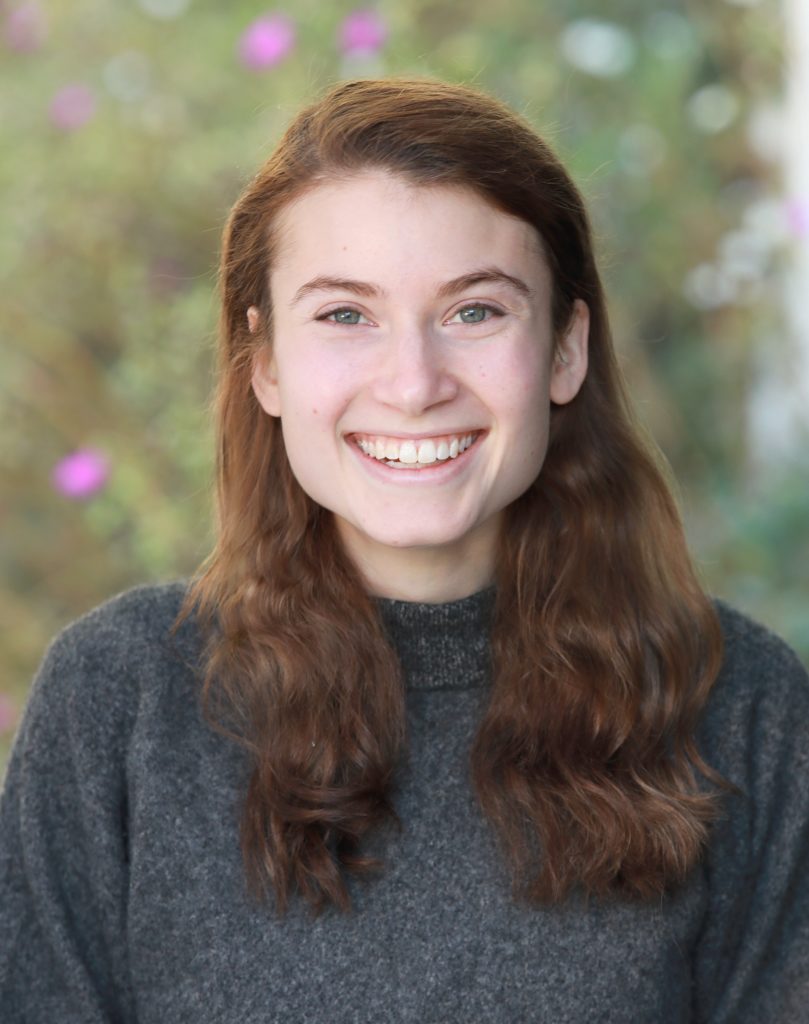
The United Educators of San Francisco member always begins her sessions on Zoom with a student check-in, asking how they are coping during this crisis, because their emotional well-being comes first.
Assignments are in Google Classroom. For one assignment, students read articles about COVID-19 in Time for Kids magazine and then submitted questions to her brother-in-law, Philip Sossenheimer, who answered them from Chicago on Zoom.
“Some students wanted to know what color COVID-19 is, and they learned from Dr. Sossenheimer that although it is depicted as bright red, it’s actually so small that it can’t be seen with regular light microscopes. Pictures of it are red only because they color it red after they use electron microscopes to see the tiny viruses.”
For art projects they created posters thanking essential workers for keeping everyone safe, and hung them in windows. “We had discussions about what an essential worker is. It’s not just doctors and nurses and others in high-status jobs. People collecting trash, delivering mail and working in grocery stores are just as essential to keep us safe and healthy.”
Letters to essential workers
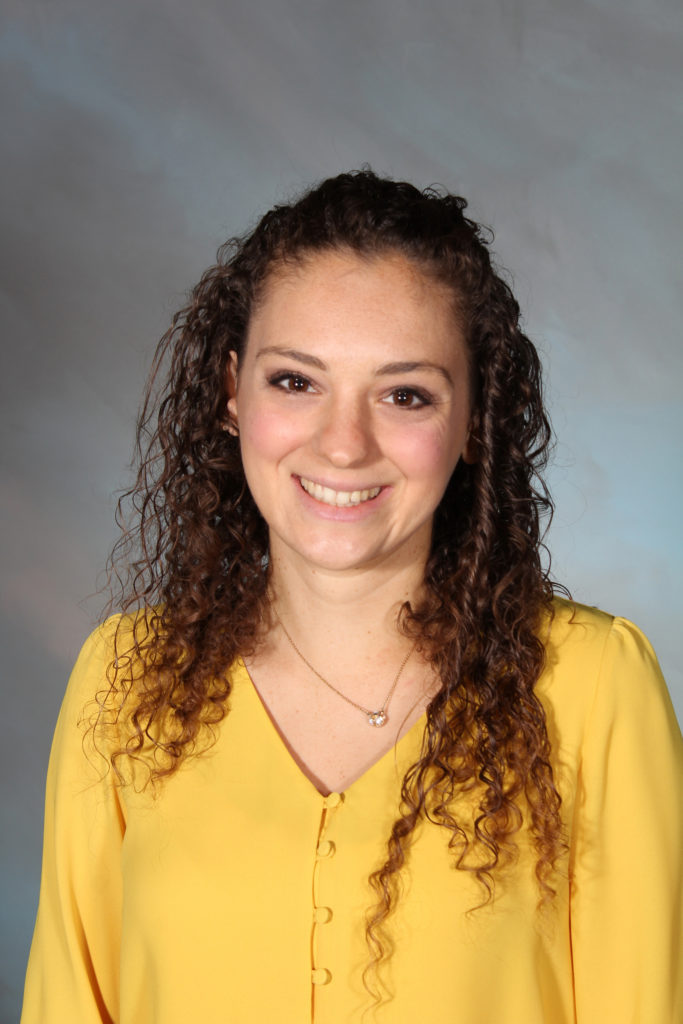
Just before her school closed, Jessica Guccione asked her seventh grade science students at Venado Middle School in Irvine to create public service announcements to educate their peers on how to reduce transmission of COVID-19. She had them go to “trustworthy websites” such as the Centers for Disease Control and Prevention. The goal was to channel their nervous energy in a positive way, says the Irvine Teachers Association (ITA) member. Students created upbeat TikTok videos with song lyrics on such topics as handwashing and how to replace hugs, handshakes and high-fives with alternative greetings like elbow bumps. Of course, that was before social distancing.
“I was impressed with what they came up with. It made me proud how they took this to heart and created such wonderful projects. They now know where to go for factual information.”
ITA member Amina Ahmed, who teaches at University Park Elementary School in Irvine, has incorporated the pandemic in writing and research lessons with students in her fifth and sixth grade combination class. Her students are creating research reports about coronavirus on Flipgrid, a platform that allows them to create and upload videos the class can view. They were also asked to create multimedia informational slides to explain what the coronavirus is and what steps the government took to keep everyone safe, and make a timetable of events.
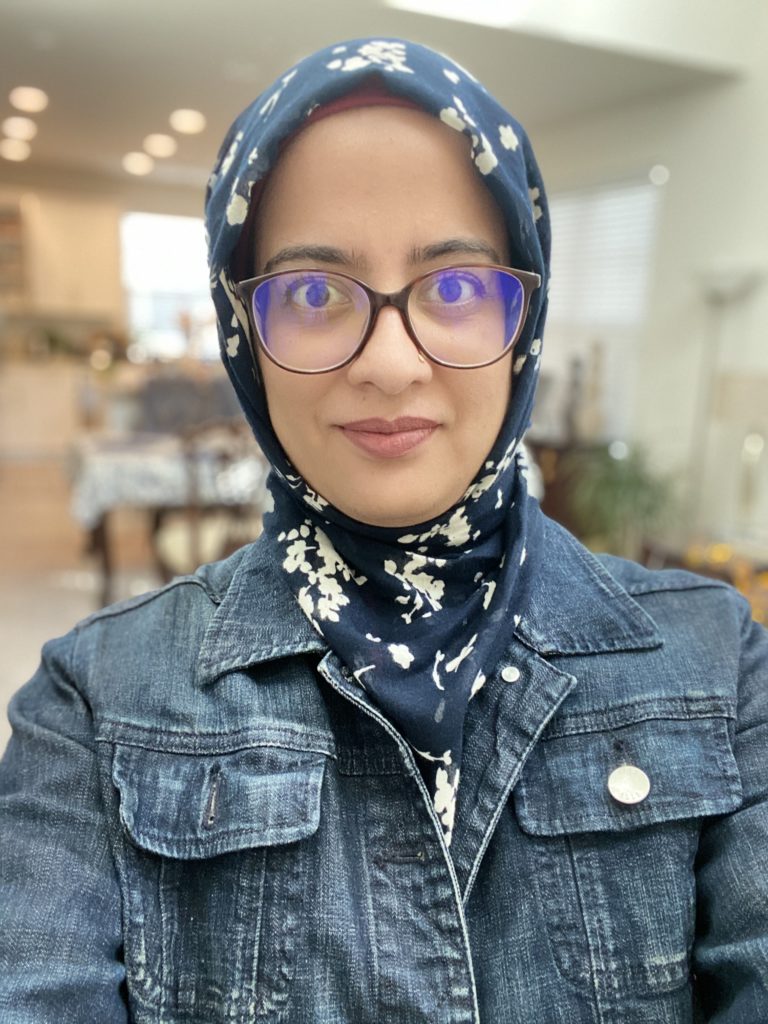
For an assignment on persuasive writing, students were encouraged to write letters to medical workers, telling them that they are heroes on the front line. Some chose to write letters in the persuasive voice to other essential workers such as firefighters, police officers and grocery store workers. Their letters were also uploaded on Flipgrid and read aloud. Students were asked to explain the importance of what essential workers are doing, point out the challenges and risks they face, and describe what would happen in their absence.
“We talk a lot about primary source documents in history class, and I want students to understand that this is a historical moment and we are creating primary source documents in real time. I explain that they are becoming historians and that what they write will be considered primary resources a few years from now. They totally had buy-in that yes, they are now historians.”
Student-created primary source documents
Maddie Thompson, a student teacher who attends Humboldt State University, is asking fourth graders to create diaries and journals filled with their thoughts, drawings and photos to document their experiences while sheltering in place.
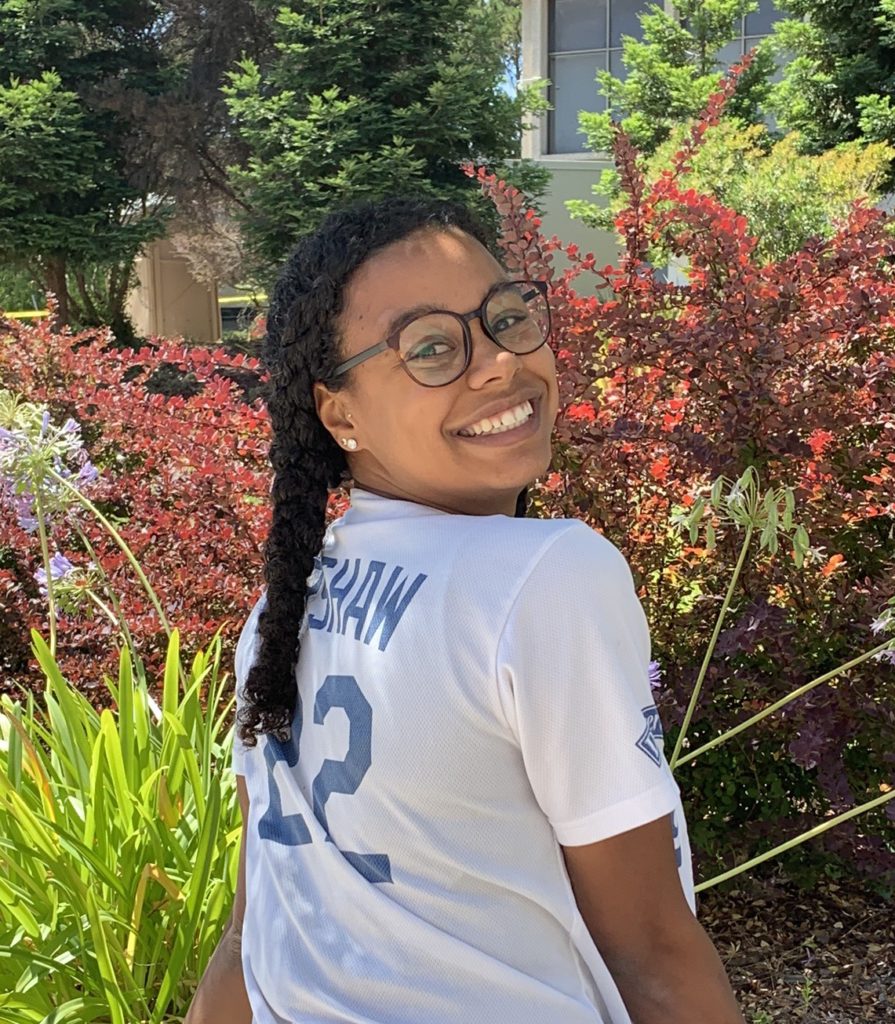
“These are crazy times, but this is history,” says Thompson, a member of Student CTA’s executive board, who is co-teaching with a veteran teacher in Humboldt County. “This assignment isn’t mandatory, but it’s a way of letting kids know their writings will be considered primary sources years from now, when people read about what life was like during a pandemic. And reading about things like the shortage of toilet paper and social distancing will be an awesome keepsake for them to have as adults and share with their children someday.”
She also gave students a science experiment to perform at home: She asked them to fill a bowl with water and put pepper in it. Upon sticking their finger in the bowl, the pepper sticks. Then they rinse the finger and put soap on it and put it in the bowl. The pepper doesn’t stick. The lesson illustrates that germs stick — without soap keeping them away.
Science and the facts about COVID-19
Eddie Chang, a biology and microbiology professor at Imperial Valley College, is preparing to incorporate the coronavirus into virology lessons when spring break ends. He trained as a virologist at the University of Missouri and has worked in the defense and biotech industries.
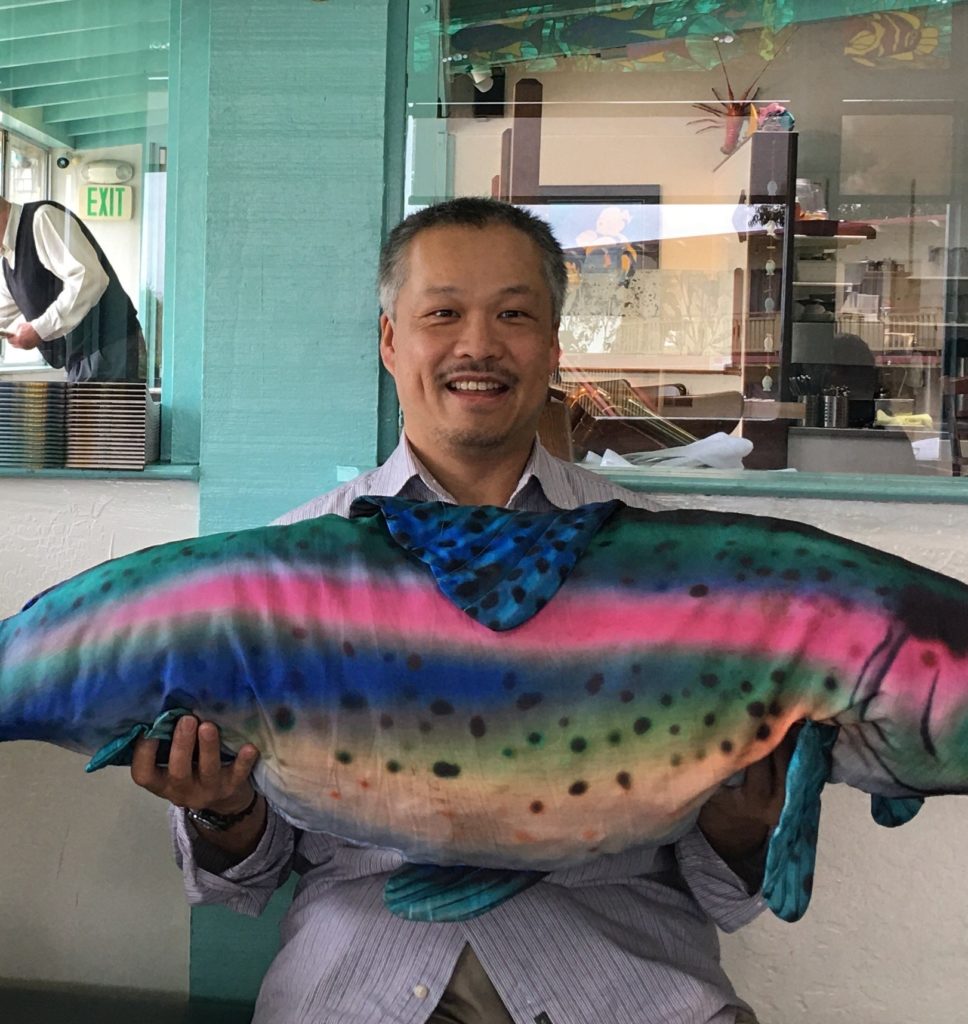
“In the past, HIV and flu viruses were my go-to viruses to use as classroom models, but this year it will be the coronavirus,” he says. “It might make students feel a bit more stressed out, but it’s relevant, and they need accurate information because there’s a lot of misinformation out there.”
Many of his students are planning on becoming nurses or entering other health care professions, so they are keenly interested in current events, says Chang, a member of the Imperial Valley College chapter of the Community College Association.
“We will be learning that viruses differ from other micro-organisms, because other micro-organisms and bacteria are a lot like our cells, doing things on their own like reproducing and getting energy from food, when they’re outside human bodies. But viruses are different. They are inert, laying on surfaces and doing nothing. But once they enter the body, they do what other organisms do.”
Math: Six feet of separation
COVID-19 is an excellent teaching tool for math, relates Jessica Benson, an algebra teacher at Ánimo Inglewood Charter High School in Los Angeles and member of Asociación de Maestros Unidos. The spread of the virus fit in well with her lesson on the exponential function.
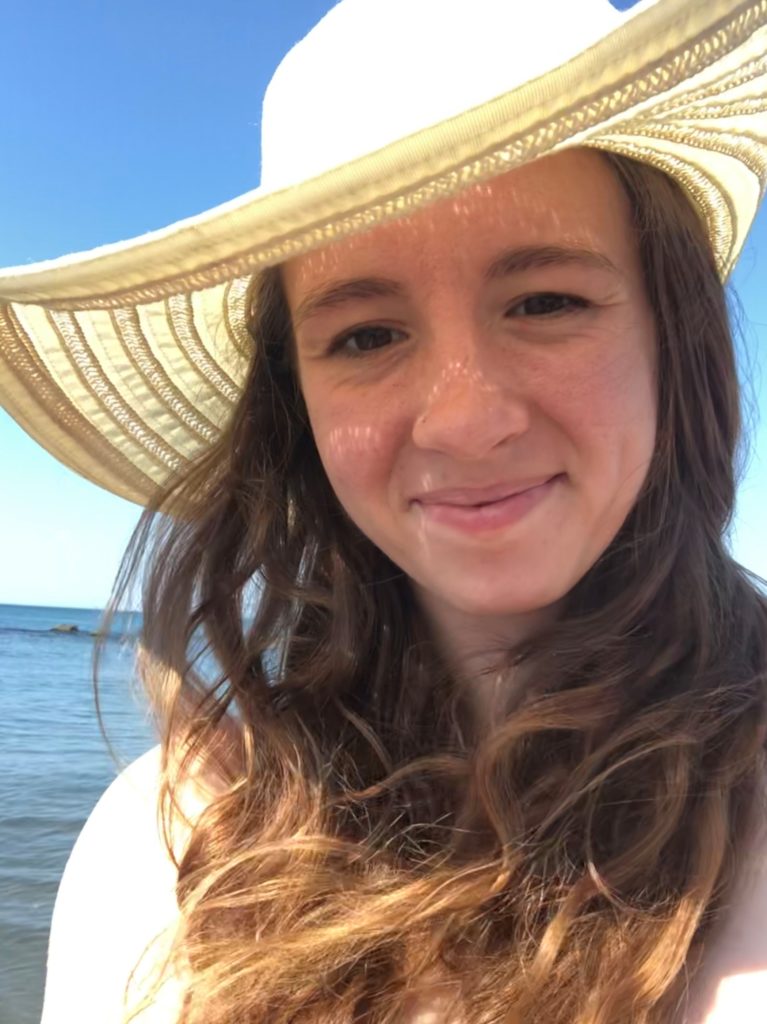
“At first there was skepticism and students said things like, ‘Oh, you’re just trying to make this relevant.’ But then they saw it was authentic math that people are actually using to predict the spread of the virus exponentially and when it will peak. Epidemiologists are expecting cases to double every six days, so we talked about what that equation looks like, based on Los Angeles County data and statistics. By the end of the lesson, the kids could see how mayors and governors arrived at their conclusion to close down and for how long.”
Benson says such lessons demystify what’s going on in the world and how scientists and government leaders are making decisions for the common good.
Becky Vega, a math teacher at Morse High School in San Diego, adapted a math lesson out of an XKCD comic she saw on Facebook. In her exercise, “The 6-Foot Zone,” students are asked to visualize how much space that represents.
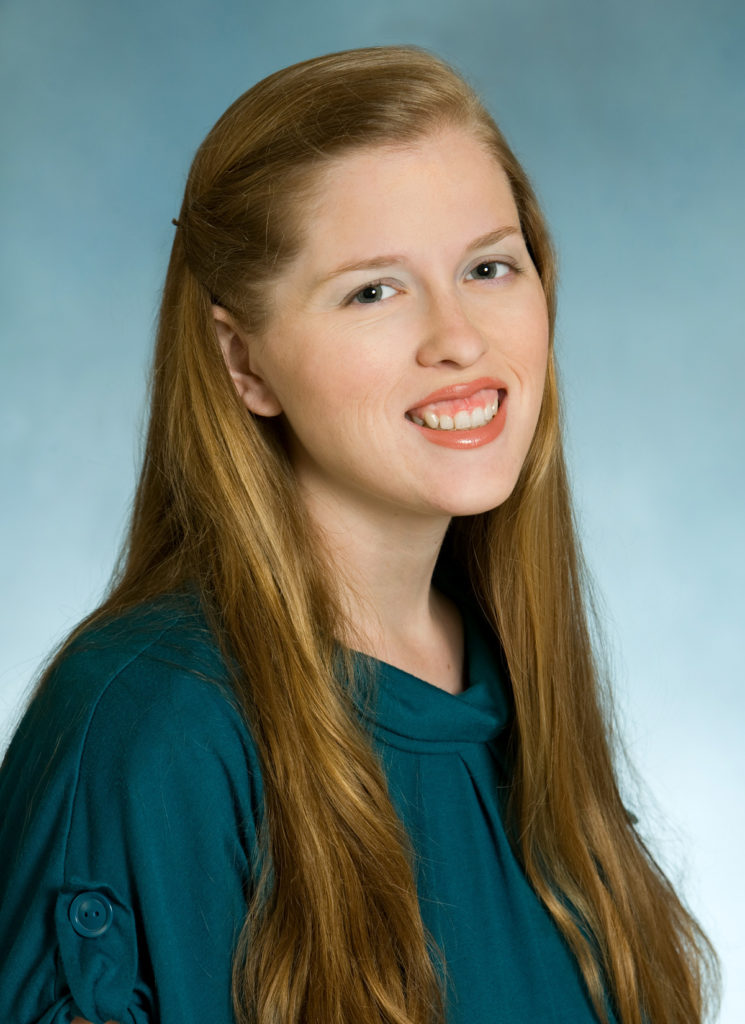
“They start by calculating the amount of total space surrounding themselves in the 6-foot social distancing space that we are all trying to follow. Then they choose an object at home and calculate how many of those objects fit in the space. Hopefully, this helps them see just how much space they need to themselves if they have to go out.”
Vega, a member of San Diego Education Association, says most students haven’t studied area and circumference since middle school, and she was planning to teach it later this year. Many students described being bored these last few weeks at home, so they chose to participate in this enrichment activity. The Go Formative platform allows her to watch students work in real time and gives her a chat box for timely feedback.
She won’t be able to link upcoming units, such as right triangle trigonometry, with the coronavirus. So, it will be back to the standards.
“When we begin again for credit, on April 27, students will have missed five weeks of school. I know all teachers will be working hard to create focused lessons for students so they will be prepared for the next school year.”
Editor’s note: History matters! Check out what we can learn about our current crisis from the 1918 flu pandemic, by high school history and journalism teacher John Grech, West Sonoma County Teachers Association.
How are you incorporating COVID-19 into your curriculum? Tell us at editor@cta.org.
Featured image credit: Allie Smith / Unsplash
The Discussion 0 comments Post a Comment